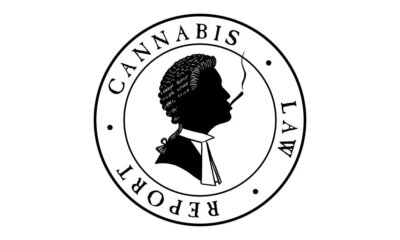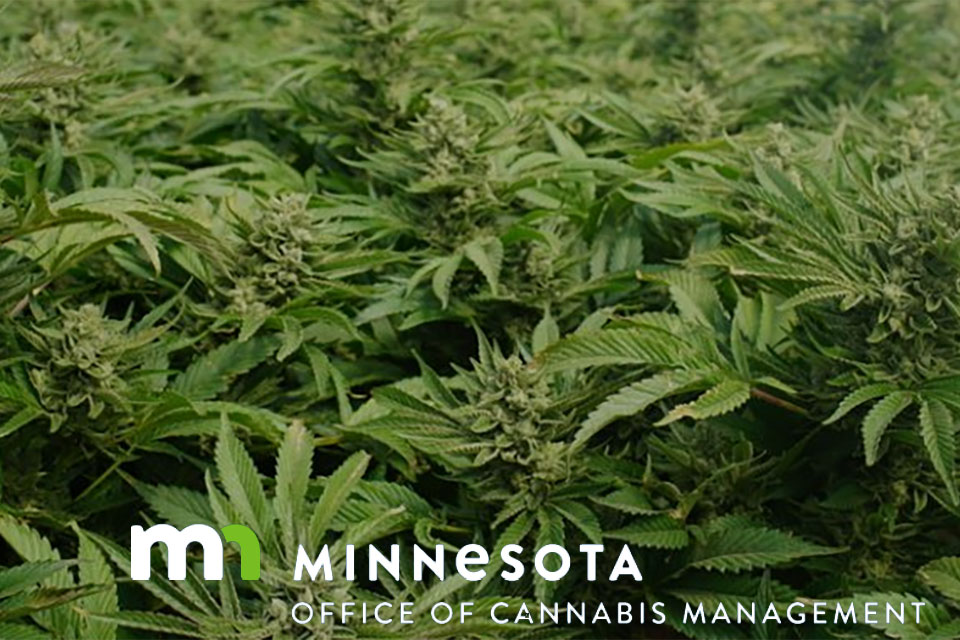With Minnesota’s adult-use licensing kicking off this week, tribal nations are set to gain first-mover advantage in what industry experts say could strengthen tribal sovereignty and economic development.
The opportunity to fill that void comes as Northern Minnesota nations look to boost their economies via the cannabis trade, according to Mitch Chargo, chair of Hinshaw & Culbertson LLP’s national cannabis practice.
“It’s one of the most compelling benefits that a tribal nation can have. It can generate substantial revenue,” Chargo said. “In areas, especially tribes that operate in areas that have less limited resources, that often rely on federal funding and grants for their economic strength, cannabis markets can create these new revenue streams that can bolster their economies.”
Aside from direct sales revenue, Chargo said the money could help fund community needs like education and health care. The industry also brings jobs, particularly valuable for reservations in remote areas.
In other words, factors that make a people more sovereign in the long run.
State officials have publicly acknowledged they’ll need tribal growers and manufacturers to supply the first wave of retail stores, said Chargo, who previously worked as in-house counsel for one of Minnesota’s two medical marijuana manufacturers.
But attorney Paula Savchenko cautioned against expecting much coordination between tribal and state-licensed businesses.
“You’re not really going to see much of a wholesale market between the two because they’re operating under two different frameworks,” she said.
The state’s rollout has already hit some snags. Officials recently had to review social equity applications for duplicates after applicants tried gaming the system to improve their odds in the upcoming license lottery, according to Savchenko.
But the state is moving forward, opening a new license window through March 14, with results expected by summer. Unlike other states, cities and counties in Minnesota can’t ban cannabis businesses outright, though they can cap license numbers based on population, Savchenko said.
The legal picture gets murky when tribal and state cannabis markets overlap. Chargo explained that federal law puts tribes in a unique position.
“Because our Constitution granted power over Indian affairs to the United States Congress, states have no authority over tribal governments or affairs on tribal lands unless expressly authorized by Congress,” he said. “And since tribes and states are both considered sovereign, neither is subordinate to the other.”
Two Minnesota tribes have already started operations, Savchenko said. That early entry gives them time to work out kinks before the broader market opens.
“The bigger piece for me is, let’s really make sure our compliance program is working; let’s make sure our operational plans are working,” Chargo said, noting the advantage of fixing issues before the “tidal wave really comes with everybody up and running.”
Meanwhile, regulators are also trying to make sure its existing hemp and marijuana rules don’t tangle too much in the process. The state’s rules created what Chargo called “distinct lanes” for the two cannabis-derived industries.
“They created this kind of split or divide in the licensing apparatus,” Chargo said. The state “has been constantly trying to work backwards to figure out how to regulate something that they legislated in an unregulated way,” referring to the hemp-derived market created in summer 2022.
The state’s strong hemp industry will likely continue operating alongside the new marijuana market, Savchenko said, adding that Minnesota probably won’t see the kind of restrictions some other states have attempted between the two sectors.

 California Cannabis Updates1 year ago
California Cannabis Updates1 year ago
 Breaking News1 year ago
Breaking News1 year ago
 best list1 year ago
best list1 year ago
 Business12 months ago
Business12 months ago
 cbd1 year ago
cbd1 year ago
 Bay Smokes1 year ago
Bay Smokes1 year ago
 cannabis brands12 months ago
cannabis brands12 months ago
 autoflower seeds12 months ago
autoflower seeds12 months ago

















































